The Connection Between Whole Body Donation and Cancer Research
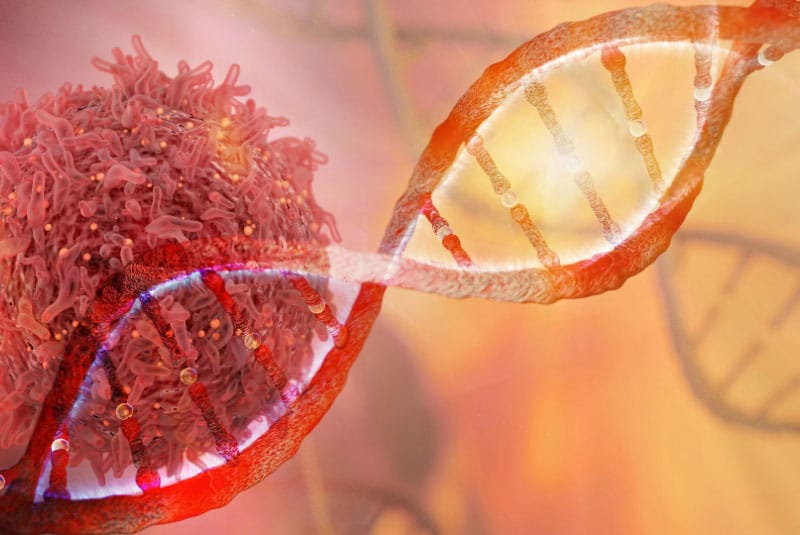
Whole body donation will always have a connection to the growth of medical education and especially medical research when it comes to discovering the causes and treatments of infectious diseases and cancer. With tissue gathered from donations, researchers can learn how cancer grows and spreads, how certain drugs work against cancer in different groups of
The Development of Clinical Trials
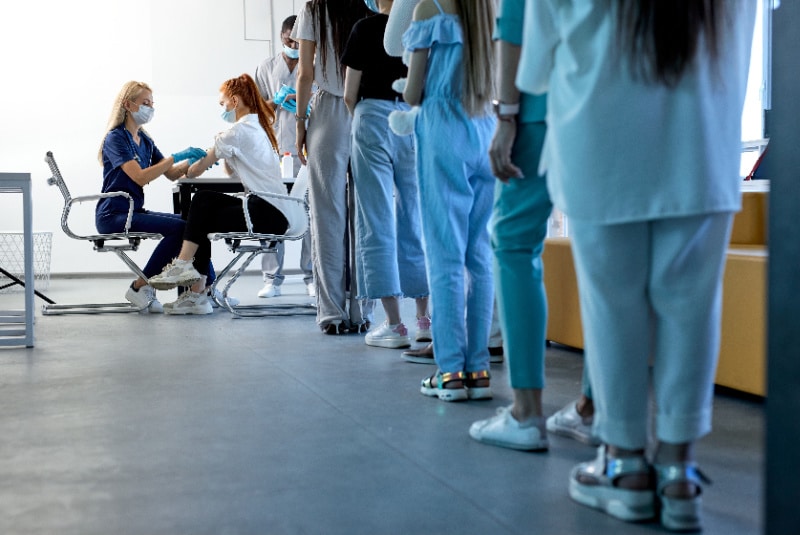
In modern medicine, clinical trials are the gold standard of clinical research. Clinical trials are well-controlled, function under a strict regulatory environment, and are a type of research study that is performed on people to evaluate a medical, surgical, or behavioral intervention. This intervention could include drugs, cells, other biological products, surgical procedures, radiological procedures,
Osteoporosis: The Silent Disease
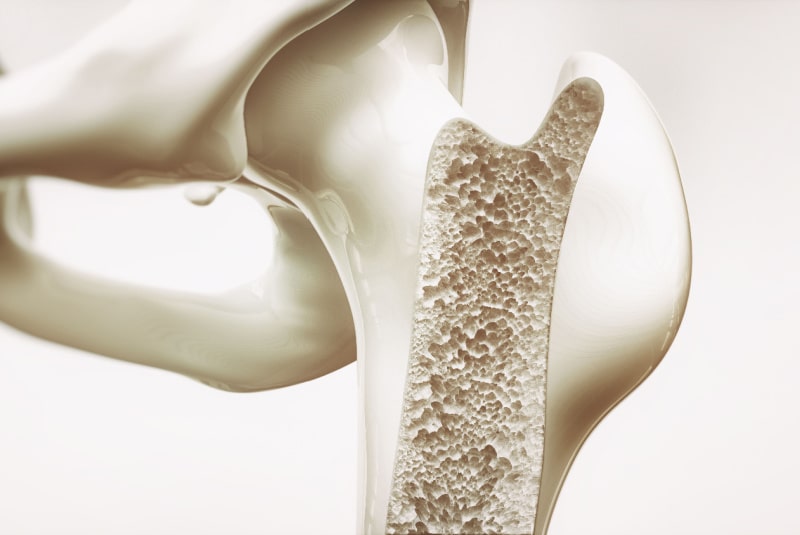
Osteoporosis also known as a “porous bone” is a bone disease that develops when bone mineral density or bone decreases or when the structure or strength of the bone changes. Healthy bones look like a honeycomb when viewed under a microscope, porous bones have large spaces of holes within the honeycomb meaning your bones become
Getting Real About Donation: Can You Be an Organ and Whole Body Donor?

One common misconception when it comes to donation, in general, is that organ donation and whole-body donations are mutually exclusive. While certainly similar, there are significant differences that everyone should be aware of when choosing which one is right for you and answer one of the most frequent questions “Can you be both an organ
Celebrating Iconic Women in Science

There have been many women who are leaders in ground-breaking scientific research across the globe and have had a significant role in humanity’s scientific advancement. Even though they are so significant in the scientific community, women only represent about 33.3% of scientific researchers globally. Despite their smaller numbers, history is full of women who made
Exploring Medical Research

“Research is formalized curiosity. It is poking and prying with a purpose.” – Zora Neale Hurston Whole body donation plays a huge role in medical research and education. Cadavers offer a type of hands-on experience that cannot be recreated through technology and are used by medical students, physicians, researchers, and scientists to study things such
The Correlation Between Type 3 Diabetes and Alzheimer’s Disease
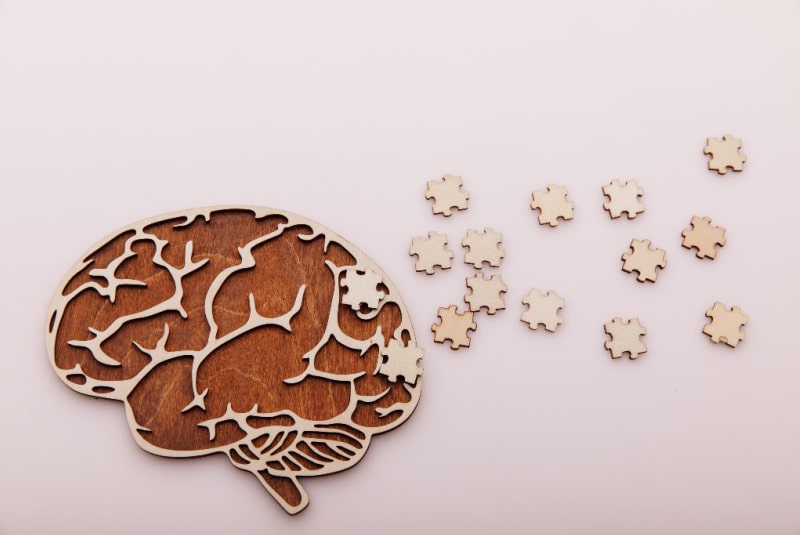
Diabetes mellitus (diabetes for short) is a health condition where your body has difficulty converting sugar to energy. Diabetes has been documented since 1552 B.C, when Hesy-Ra, an Egyptian physician, documented the symptom of frequent urination as a symptom of a mystery disease that also caused emaciation. As of today, there are more than 37
The Basics of Wound Care and The Role Cadavers Play
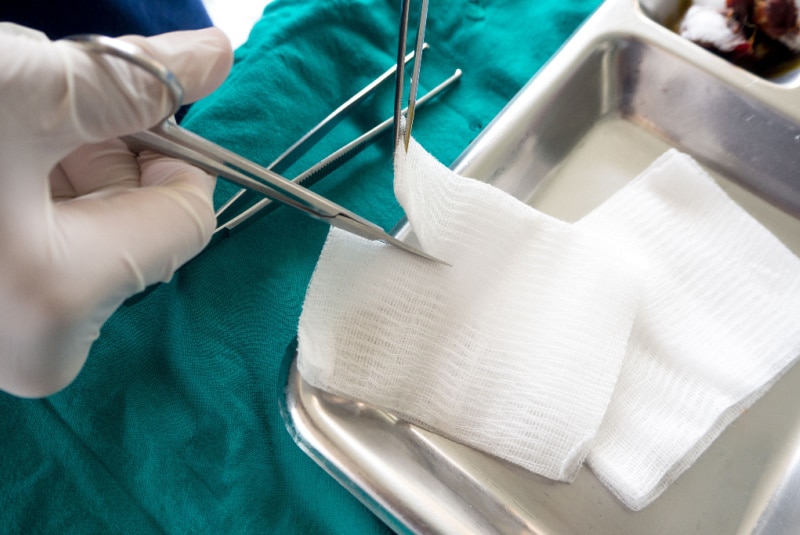
The Growth of Wound Care Wound care has been around since the beginning of humankind and the basic principles of wound care have been around since as early as 2000 B.C. The oldest medical manuscript, a clay tablet from 2200 B.C, is the first documented writing that has the three basic healing principles: Washing the
The Ins and Outs of Registering An Incapacitated Individual for Whole Body Donation

End of life discussions and planning can be overwhelming regardless of who is involved or how it is managed. From decisions about what will happen to your body after death, what memorial arrangements you want or selecting the right, legal next of kin – there are plenty of factors to decide on. What happens though
The Beginning Steps of End Of Life Planning: What to Expect, Where to Start and Who to Talk to

End of life discussions are important to ensure that one’s personal wishes and preferences are known, making sure that their loves ones know what they want in their final days as well as after their death. These discussions are difficult but crucial, while some come to terms quickly with death others have a harder time



